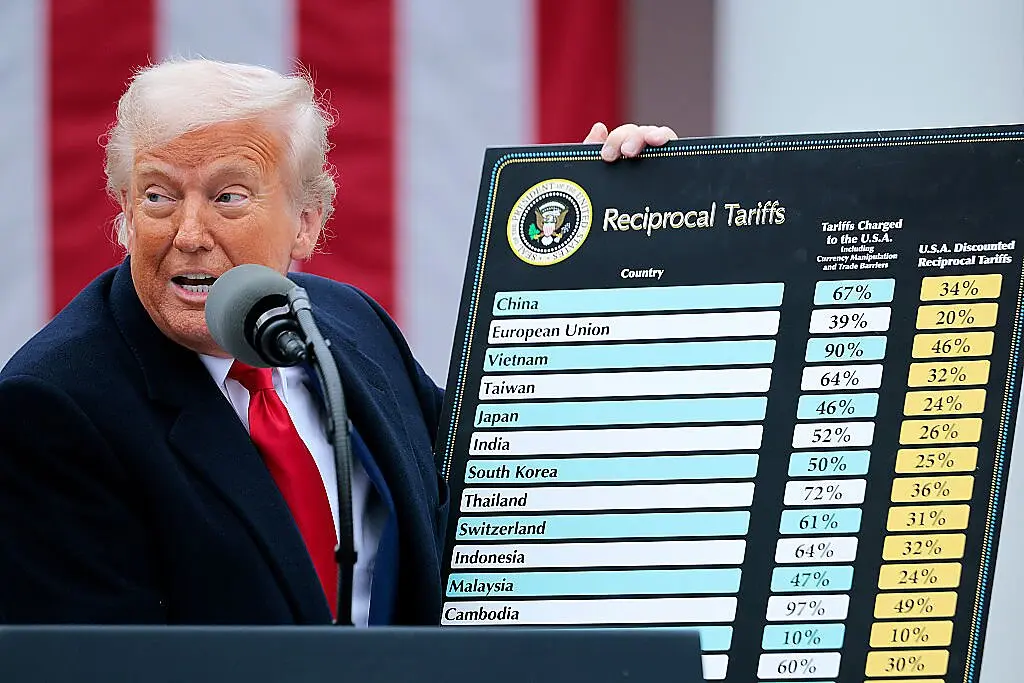How the Trump Administration is Using U.S. Trade Laws to Impose Tariffs: Section 301, Section 232, and IEEPA Explained

The Trump administration has dramatically altered the landscape of U.S. trade policy by aggressively deploying long-standing legal authorities—Section 301, Section 232, and the International Emergency Economic Powers Act (IEEPA)—to impose sweeping new tariffs. For U.S. importers and companies exporting into the U.S. market, understanding how, why, and when these statutes are used is now essential for risk management and business strategy.
Introduction
Global trade operates within a complex framework of laws intended to balance economic growth with national interests. Traditionally, U.S. trade policy was guided by predictable, rules-based systems, often with the World Trade Organization (WTO) serving as the arbiter of disputes. In recent years, however, the Trump administration has upended this paradigm.
Leveraging legal tools that had, in many cases, gone dormant for decades, the administration is now able to unilaterally impose tariffs and other trade restrictions. These actions can occur swiftly, greatly increasing the risk landscape for anyone moving goods in and out of the U.S. Let’s break down the three primary statutes underpinning this transformation, examine how their invocation has evolved, and explore what these changes mean for today’s global supply chains.
Section 301 of the Trade Act of 1974: Retaliating Against Unfair Trade
What is Section 301?
Section 301 of the Trade Act of 1974 authorizes the President to take “all appropriate action”—including tariffs or non-tariff-based retaliation—against any foreign government whose acts, policies, or practices are perceived as unfairly burdening U.S. commerce. “Appropriate action” is interpreted broadly, encompassing not just tariffs but also quotas, restrictions, and other commercial penalties.
Historical Usage
Section 301 was widely used before World War II and especially before the founding of the WTO and its dispute resolution system in 1995. The WTO was meant to ensure that such disputes were handled in a multilateral, predictable way. As a result, post-WTO, Section 301 fell into relative disuse, with the U.S. preferring internationally mediated solutions.
The Trump Revival
Under President Trump, Section 301 was revived as a tool to address longstanding grievances, especially towards China. Tariff actions justified under this authority have targeted billions of dollars in imports, citing concerns from intellectual property theft to forced technology transfers. These measures are often enacted rapidly, with public notices, approval processes, and opportunities for comment sometimes compressed or omitted, unsettling established trading routes and partnerships.
Implications for Importers and Exporters
- Sudden Tariff Risk: Any company trading with countries accused of unfair practices faces abrupt tariffs or other kinks in their supply chains.
- Business Uncertainty: Less reliance on WTO dispute procedures increases unpredictability for cost planning and contract negotiations.
- Diversification Pressure: To manage exposure, businesses are compelled to diversify sourcing, rethink pricing, and hedge against the risk of new duties.
Section 232 of the Trade Expansion Act of 1962: National Security Comes First
What is Section 232?
Section 232 of the Trade Expansion Act of 1962 grants the President the power to restrict imports if the Secretary of Commerce determines they “threaten to impair” U.S. national security. The statute’s language extends not only to military products but any item the government deems crucial to the functioning and resilience of the U.S. economy.
From Dormancy to Aggressive Use
Before Trump, Section 232 was rarely invoked and almost always in situations dealing with clear defense risks. However, the Trump administration broadened the definition of what constitutes a national security threat, applying it to imports of steel, aluminum, and even automobiles and parts—sectors at the heart of civilian industry.
The Trump Administration’s Approach
Once the Department of Commerce concludes that an imported product threatens security, the President may respond with tariffs, quotas, or outright bans on those imports. Since 2018, this flexibility has resulted in tariffs on major trade partners—creating friction with allies as well as adversaries.
Implications for Businesses
- Expanding Risk Categories: Imports once considered entirely non-sensitive are now vulnerable to trade actions.
- Supply Chain Disruption: Tariffs can be imposed with little notice, requiring backup plans or alternative sourcing strategies.
- Geopolitical Tensions: Foreign governments may retaliate, adding complications for both U.S. importers and foreign suppliers.
International Emergency Economic Powers Act (IEEPA): Expansion of Emergency Trade Powers
IEEPA Basics
The International Emergency Economic Powers Act (IEEPA) was enacted in 1977 to give the President broad latitude to regulate commerce in response to declared national emergencies. Historically, IEEPA was used in contexts of genuine crisis—economic sanctions against enemy states, rogue actors, or criminal networks.
Changing the Meaning in 2024
Traditionally, IEEPA was pointed at historical U.S. adversaries—Cuba, Iran, North Korea—rarely at significant trading partners. Since 2024, however, the Trump administration has deployed IEEPA to target a far wider range of countries and sectors, even when no direct security threat is present. By declaring new “national emergencies,” the administration can rapidly impose tariffs or embargoes, often bypassing Congressional oversight and established legal checks.
Impacts on Trade
- Regulatory Unpredictability: Tariffs may emanate from abrupt policy shifts or political calculations, triggering unexpected duties across industries.
- Reduced International Certainty: Long-standing expectations around who can be targeted and under what circumstances no longer apply.
- Sector- and Country-Level Volatility: An entire country—or just one sector—can become the focus of emergency trade action without much warning.
Why This Matters: Implications and Strategies
Increased Volatility and Risk
The combined use of Section 301, Section 232, and IEEPA means that U.S. trade policy is now more volatile and interventionist than at any time in the past three decades. Whether you’re an American importer or an overseas exporter selling into the U.S. market, you must adapt to this new reality.
- Contract Flexibility: Create terms that allow for sudden tariff impositions.
- Supplier Diversification: Build relationships outside affected regions.
- Strategic Monitoring: Institutionalize regular reviews of emerging policy risks.
- Active Advocacy: Participate in comment periods and trade association lobbying to shape or influence new regulations where possible.
Legal and Compliance Readiness
Businesses must stay abreast of evolving legal interpretations:
- Regular training for compliance teams.
- Legal reviews of sourcing and import strategies.
- Continuous risk assessments as statutes are applied to new industries or partners.
Scenario Planning
With trade actions now possible for reasons ranging from unfair practices to suddenly declared emergencies, scenario analysis and contingency planning are mission-critical.
- Build buffer stocks: Where possible, anticipate lead time disruptions.
- Review force majeure clauses: Ensure contracts account for changes in tariffs and duties.
- Engage expertise: Work with customs brokers, legal advisors, and trade consultants.
Conclusion: Navigating the New U.S. Trade Reality
The Trump administration’s activist use of Section 301, Section 232, and IEEPA has changed the rules of global business with the United States—potentially for years to come. While these statutes provide ways to counter unfair trading practices or genuine threats, their current application reflects a far broader, more aggressive use of executive authority.
For American importers and foreign exporters alike, the challenge is now to operate with agility, diversifying risk and preparing for the unexpected. Understanding these statutes is not just academic—it’s a practical, day-to-day necessity for anyone whose livelihood depends on international commerce with the United States.
If you are not yet fully familiar with this new U.S. trade environment, our team of experts is ready to support you in staying compliant and optimizing your processes. Visit our expert page at tradedutyrefund.com to learn how we can assist your business in navigating these complex changes.
